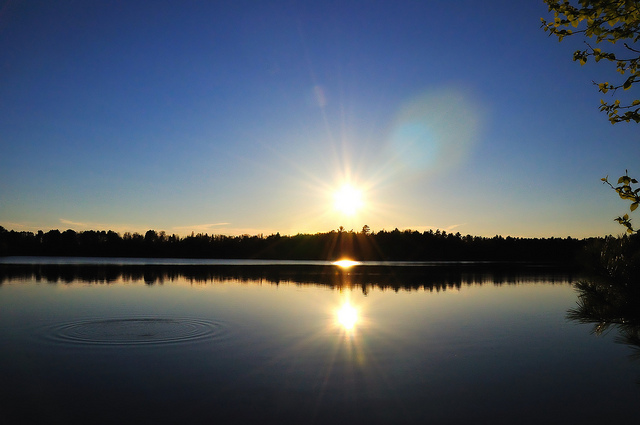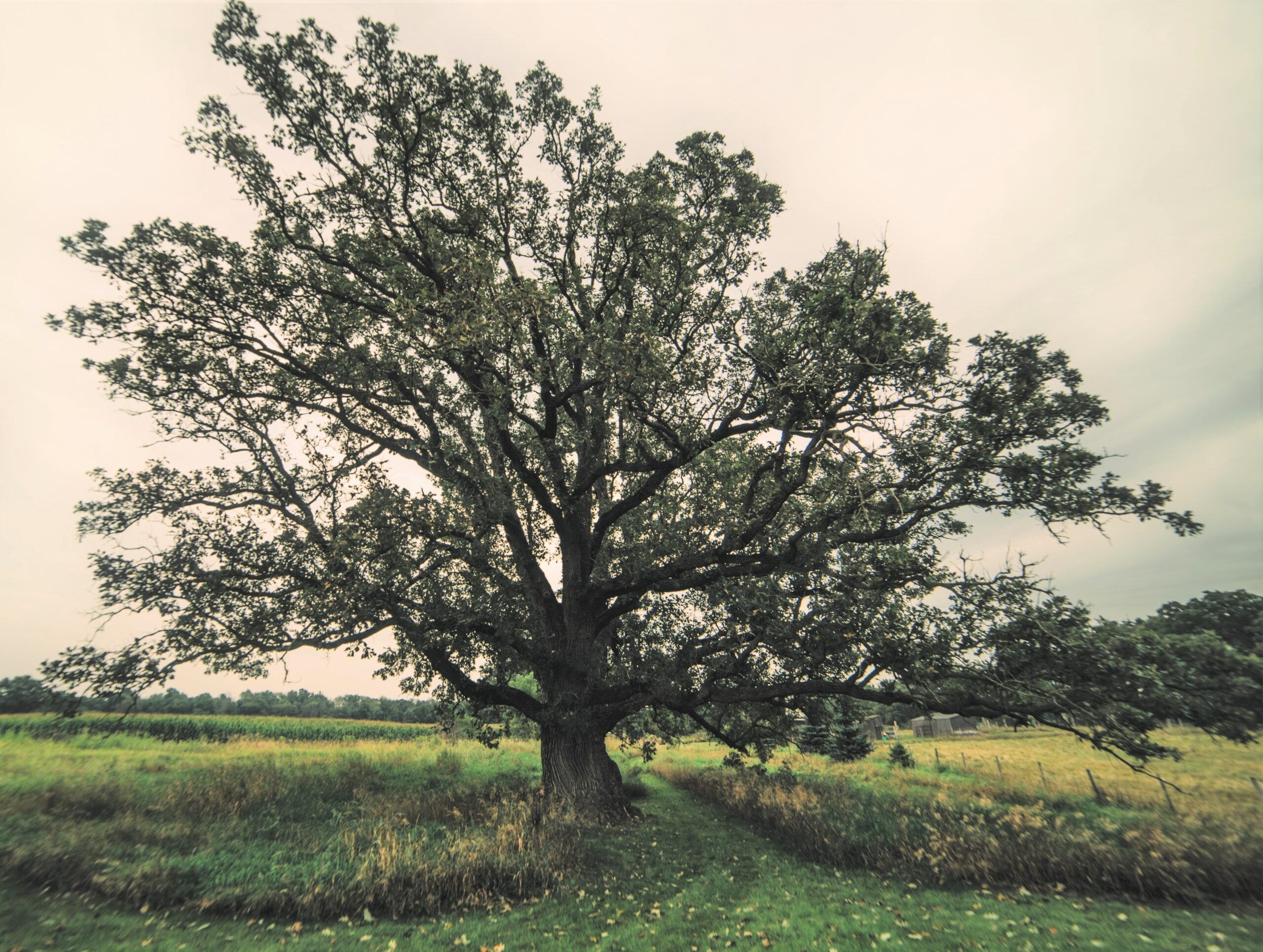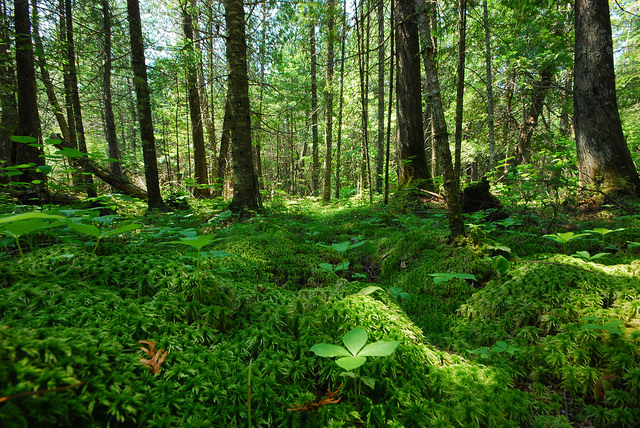The U.S. Forest Service has issued updated reports on how climate change will affect 16 million acres of forestland in northern Wisconsin and the western U.P.
The updated vulnerability assessments say that average annual temperatures and precipitation have increased in the region over the last 110 years, and that climate models show that temperatures will continue to rise. They also show that snow or rain will increase in the winter and spring, but that evaporation may increase in the summer or fall, causing tree stress.
Chris Swanston, a research ecologist at the Forest Service’s climate science office in Houghton, said iconic tree species like the black spruce, jack pine and paper birch may not reproduce as well.
Stay informed on the latest news
Sign up for WPR’s email newsletter.
“This opens the forest up to potentially the second biggest effect that we’ll see, obviously, which is incoming invasives,” said Swanston. “It’s maybe a little more stressed and isn’t competing as well, so then the invasives can come in and get a better foothold.”
Swanston said that the logging industry may be harmed, and that the Northwoods may not be as attractive to tourists.
“As these forests change, perhaps aesthetically, some aren’t as great places to be in,” he suggested. “As snow changes, some of the great races like the Birkebeiner — that may be more challenging to put on.”
Swanston said that he realizes the last two winters in the north have been snowy and cold, but he also said the vulnerability assessment is a solid document based on past measurements and a range of future scenarios.
The Forest Service isn’t offering recommendations on how to adapt to climate change, but says some private landowners are starting to take steps to diversify their tree species.
Wisconsin Public Radio, © Copyright 2024, Board of Regents of the University of Wisconsin System and Wisconsin Educational Communications Board.




